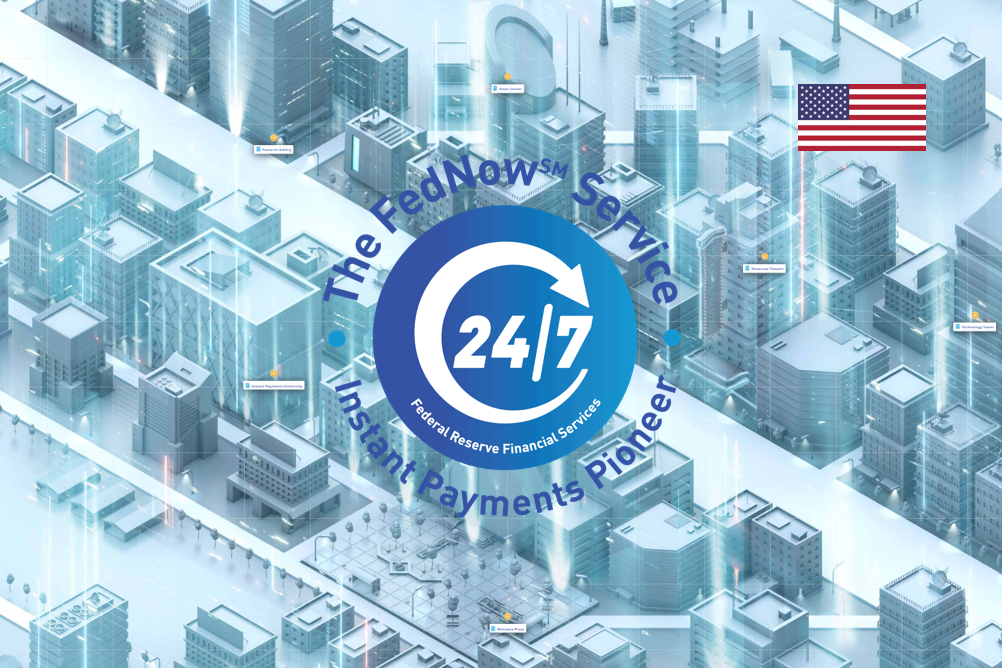
The United States Federal Reserve is finally launching its long-awaited FedNow instant payments service in ‘late July’.
With a flashy website and explanatory videos, the U.S. central banking service really seems to be trumpeting its latest innovation from the rooftops. And by any metric, near real-time payments available 24/7 and 365 days a year is a massive improvement on the existing system, with payments that can take three bank-working days to hit the recipient's account.
But, initially at least, the FedNow service will be limited to baseline functionality such as account-to-account transfers and bill payments. Though “additional features and service enhancements” are promised over time, at launch the service can hardly be considered to be breaking new ground.
Most other territories have already implemented similar systems, and in many cases several years (or even decades) ago. Europe, Australia and Hong Kong have enjoyed ‘instant payments’ for the past five years, India and China both launched their own real-time payments solutions in 2010, and the United Kingdom introduced its ‘Faster Payments Service’ 15 years ago… and probably better not to mention the release date of Japan’s (cough, 1973, cough) ZENGIN system.
Even within the U.S. there have been private-sector systems such as Venmo and Cash App, which have offered instant cash transfers between users for the last decade, with Zelle joining this group in 2016. By 2017, the large commercial banks grew tired of waiting three days for payments to clear, and created The Clearing House, a real-time payments (RTP) system that is now used by over 100 financial institutions.
With just 57 certified early adopters confirmed for the launch of FedNow, could it be a case of too little, too late?
Well… probably not. Although the initial take-up may be limited, there are still thousands of institutions using the Fed’s current slower payments system. Many will be holding back to see how the early adopters fare before committing themselves to FedNow, but once proven, the fact that the new system has government backing and fraud prevention tools is likely to attract a higher proportion of these than The Clearing House.
The Federal Reserve has also made it clear that FedNow is not intended to supplant private-sector money transfer options such as Venmo or Cash App, but to work alongside them. Equally, FedNow is not intended to replace cash, nor is it related to digital currency or a CBDC, which the Federal Reserve has yet to make any decision on. It is purely a faster payment rail.
FedNow will offer different levels of participation: from those institutions which are only interested in the use of settlement services and/or liquidity management transfers through the new system, to those who wish to just receive, or fully send and receive instant payments.
For example, FIS is one of the first FinTech companies to complete testing and certification for FedNow, but according to a recent press release, will initially only be able to receive payments through the service.
Also, FedNow will have an initial credit transfer limit of $500,000, although the default will be set at $100,000 and individual financial institutions will be able to raise or lower this within the upper boundary. As a comparison, RTP has a $1 million transfer limit.
For those of us already comfortable with instant (and inexpensive) global cryptocurrency payment rails FedNow may seem like a bit of a damp squib. But for the traditionally conservative U.S. banking industry it really is a quite revolutionary change, however late to the table it may be arriving.
